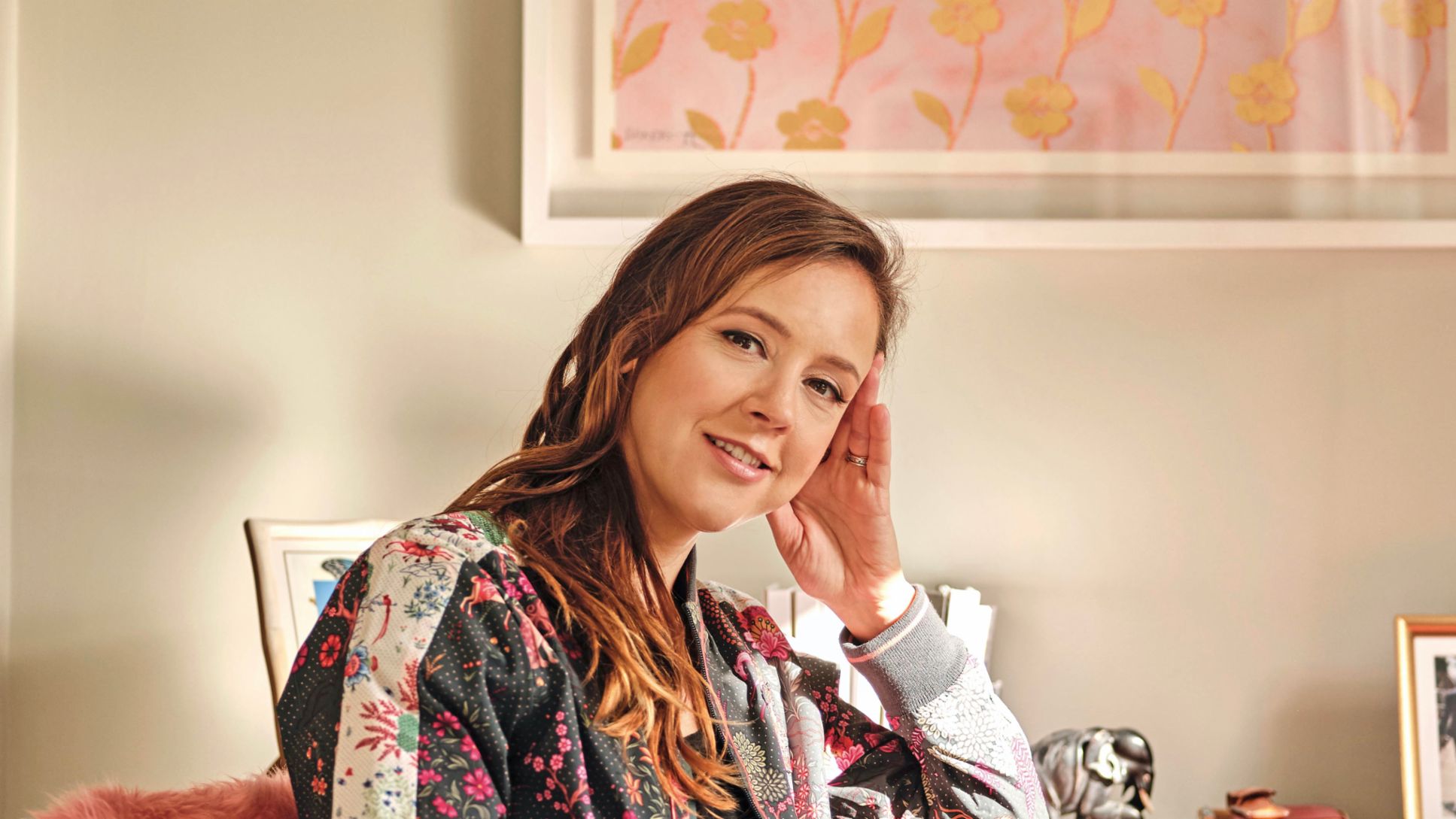Trends by their very nature are cyclical, moving, and changing as consumer demands evolve. Superficial fads on the other hand have an inherent expiration date – it is in their very nature. So how do brands like Porsche Design ensure they create and lead movements and trends, rather than short-lived fads, to remain relevant in the long term?
Brands are selling an entire lifestyle, not just a product
We are increasingly “curating” our lives and making aesthetic choices that reflect our personalities. This may unlock new creative freedoms and be great fun, but it can be hard work, too, and this gives rise to an opportunity for brands, particularly from the premium segment, to help consumers unleash their burgeoning creativity. But consumers are no longer simply buying a product, they are buying an entire lifestyle: an aesthetic, a feeling, a set of values and convictions. Brands are poised to help customers curate their own lives. This also means that the emotional bonds between consumer and brand become stronger. Consumers want brands they can trust. Companies with an authentic presence, clear values, and an unmistakable aesthetic can forge much stronger links with their customers than has ever been possible before.
Design is the detail
Lifestyle curation is linked to another major trend of our time: the increasing importance of design. Some brands, especially in the premium segment, have taken the easy option in the past by simply placing a large logo on the product in the belief that this will satisfy consumers’ appetite for exclusivity. However, aesthetic standards have risen enormously over the past few years across the entire market. Nowadays, even a brand of toothpaste can succeed or fail on the strength of its packaging. People buy into experiences, too, in the same way as they make product choices. Take the movies, for example: until a few years ago, your decision to see a film might be based on the movie schedule alone. But in this age of social media, attention is also paid to the movie theater’s furnishings, the ambience, and even the color and design of the theater seats. When the entire experience is shared with others, either in person or via social media, then the theater is chosen on the basis of its interior rather than simply the film choice.
A brand not only needs to offer the right product or the appropriate service at the right time, but also offer it in tasteful design. The coronavirus pandemic has only accelerated this trend. Suddenly, consumers were locked down at home and demand for items such as high-quality furnishings went through the roof. This has created a number of problems for brands. They must now stand out from the mass market through even better, even more refined, and even more elegant design.
Workmanship and craft are becoming increasingly vital
The desire for quality workmanship is inextricably linked to design. Apple served as a huge trendsetter here. Appealing design that stands out from run-of-the-mill products is undoubtedly important, but so is product quality. This goes hand in hand with an interest in the manufacturing process. Customers want to know where and how things are manufactured – a product which is the result of top-class craftsmanship has an incredible quality. The materials that are processed and their origins are becoming increasingly important. This trend is huge: today, even beer and coffee sales can be increased on the basis of artisanal production.
Recycling and circular economies are becoming the new standard
“Buy less – but buy better” is the slogan you often hear right now. There’s a great deal of truth in it, too: rampant consumerism and the fact that so many products are used for a short time and then thrown away are attracting more and more public scorn. The premium segment has always stood out from the mass market in this respect as items are consumed in limited numbers. But the trend toward conscious consumerism holds increasing relevance, too, as consumers switch their focus more and more to product life spans. There is another side to this trend, too: products are now perceived as being of higher quality if they are repairable, recyclable, or resellable. This trend can be observed across all industries, from furnishings to fashion. These considerations will start to play a more important role in the design process. How do products need to be designed and manufactured so that they last as long as possible?
Time is the true luxur
What is the most limited resource we have? Time, of course. We live in an increasingly connected world that requires us to make decisions all the time. This all comes at a cost – our time and our patience. More and more, people yearn for peace and quiet, for more time to themselves. Brands that appreciate and cherish the time their customers invest in them put themselves at a clear advantage. It all starts with the in-store ambience. How can companies create an atmosphere that feels welcoming to customers, where shopping is perceived as a moment of calm away from the stress of everyday life? The same standards can be applied to the usability of online stores, too.

We are increasingly wary about what is happening with our data, while we also expect brands and their stores to remember who we are, learn from our decisions, and keep the hassle of shopping to a minimum. In which case we gladly hand over our data. A prime example here is a brand of Japanese glasses that came to my attention recently. The customer tries on various models in-store and photos of them are taken by a device. The photos have all the necessary information added to them and are sent to the customer’s smartphone. They can then take their time at home to decide whether the various glasses suit them and can buy a model – or not. The time they spend in-store is therefore reduced to a minimum.
Mobility between urban centers and rural areas is rising
Personal space is almost as important to us as free time, as the pandemic painfully demonstrated. Suddenly we were all locked down in our own homes, many without access to a garden. But urban to rural migration has always been there. The difference now is that not only are young families moving out to the country, many other traditional city dwellers such as young creatives are also turning their back on an urban lifestyle. This isn’t a linear trend. I actually think that mobility from cities to rural areas, and vice versa, is increasing in a general sense. We will start to see more hybrid models: people who commute between different homes and living models or those who would like to take a break from city life in the countryside without losing touch with their social contacts. Gardening, walking, holidays in RVs, or even leading a completely “nomadic” lifestyle are becoming more and more popular. Spending lunchtimes strolling through the forest and the evenings in the city is the dream of an increasing number of people – and they are finding ways of making the lifestyle they desire a reality.
Consumers want diversity
Diversity is one of the hot-button issues of our time. We are seeing the emergence of a new generation of customers who want products to be accessible to all types of consumers. Fashion provides arguably the most visible manifestation of this trend. Not only are brands being called on to produce their clothing for all different shapes and sizes, consumers want this level of diversity to be reflected in advertising, too. This imperative is spreading to other areas as well, including the premium and design segments. Of course, it’s never going to be possible to satisfy every single customer. What’s much more important is that a brand carefully considers the standards and wishes of its customer base. Customers will be watching closely to make sure that brands are actually taking action rather than simply paying lip service – without compromising on design standards, of course.
Sustainability is becoming the new standard
A subject that carries equal weight is of course sustainability. It’s often claimed today that a clear conscience is a luxury in consumerism. That’s quite an accurate statement really, even though I believe that sustainable products should be available to all consumers as a matter of course. But there is a paradox here: according to surveys, customers want products to be more sustainable, but their purchases are still primarily driven by price. All this makes the role to be played by the premium segment all the more vital. Although price is still a relevant factor here, but it is not the most important part of a consumer’s decision to buy. In other words, market constraints cannot be used as an excuse for a lack of sustainability. Brands in this segment are responsible for keeping a close eye on manufacturing conditions and carbon footprints – and will be rewarded by consumers if they do. A personal responsibility towards creating a more sustainable lifestyle was certainly behind my decision to switch to an electric car, in this case a Porsche Taycan, which I bought last year with my husband. Shortly after, Great Britain started running out of gas and long lines formed at the filling stations. It was the best advertisement for electric mobility I can possibly imagine.
Carla Buzasi
Having served as Editor in Chief of HuffPost UK and having held roles at Marie Claire and Glamour, Buzasi joined the global trend-forecasting agency WGSN in 2014. She has been CEO since 2020. Specializing in predicting the future, she and her team advise companies in more than 100 countries.
Info
Text first published in the Porsche magazine Christophorus, No. 403.
Author: Carla Buzasi
Photograph: Liz Seabrook



